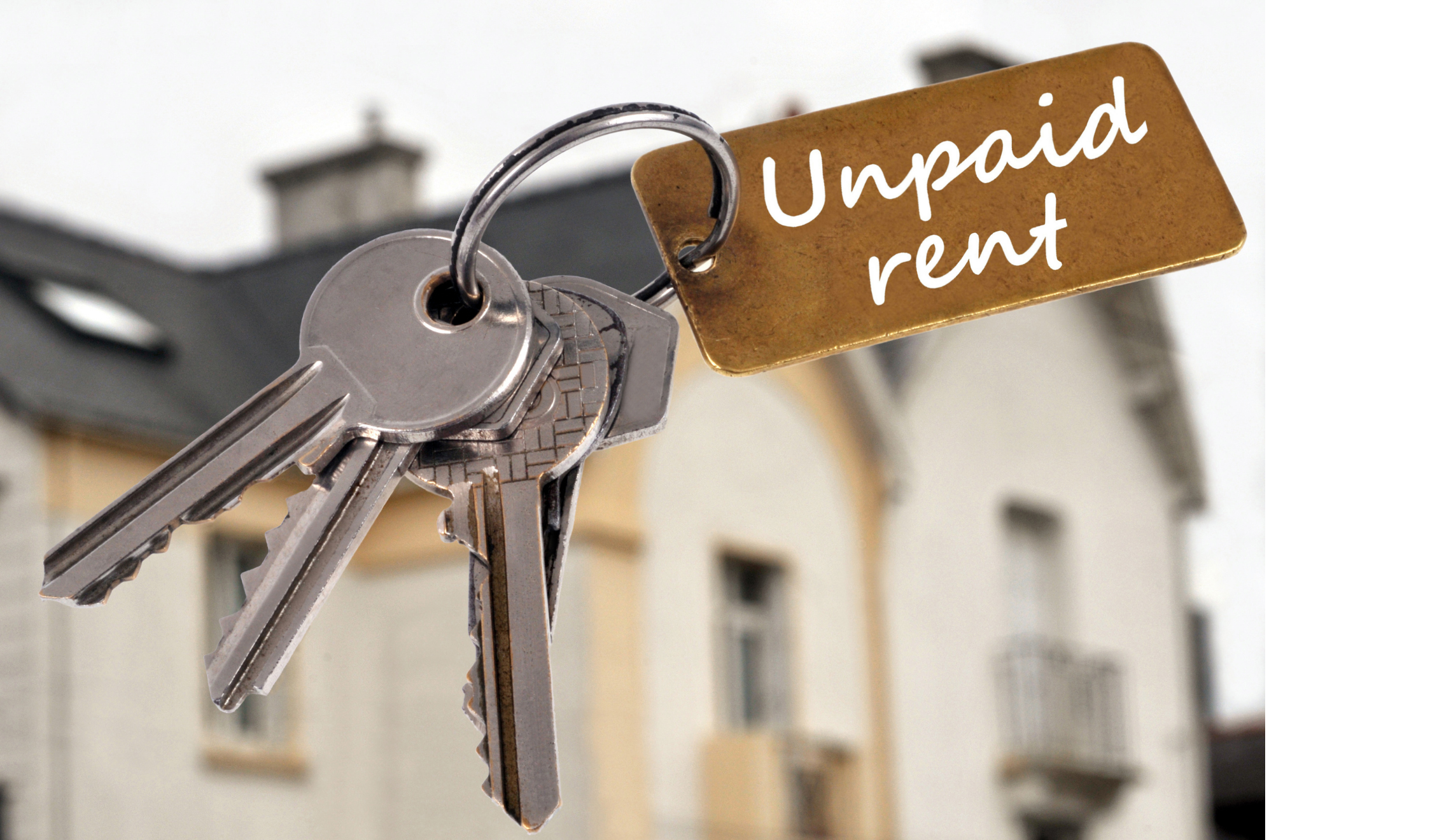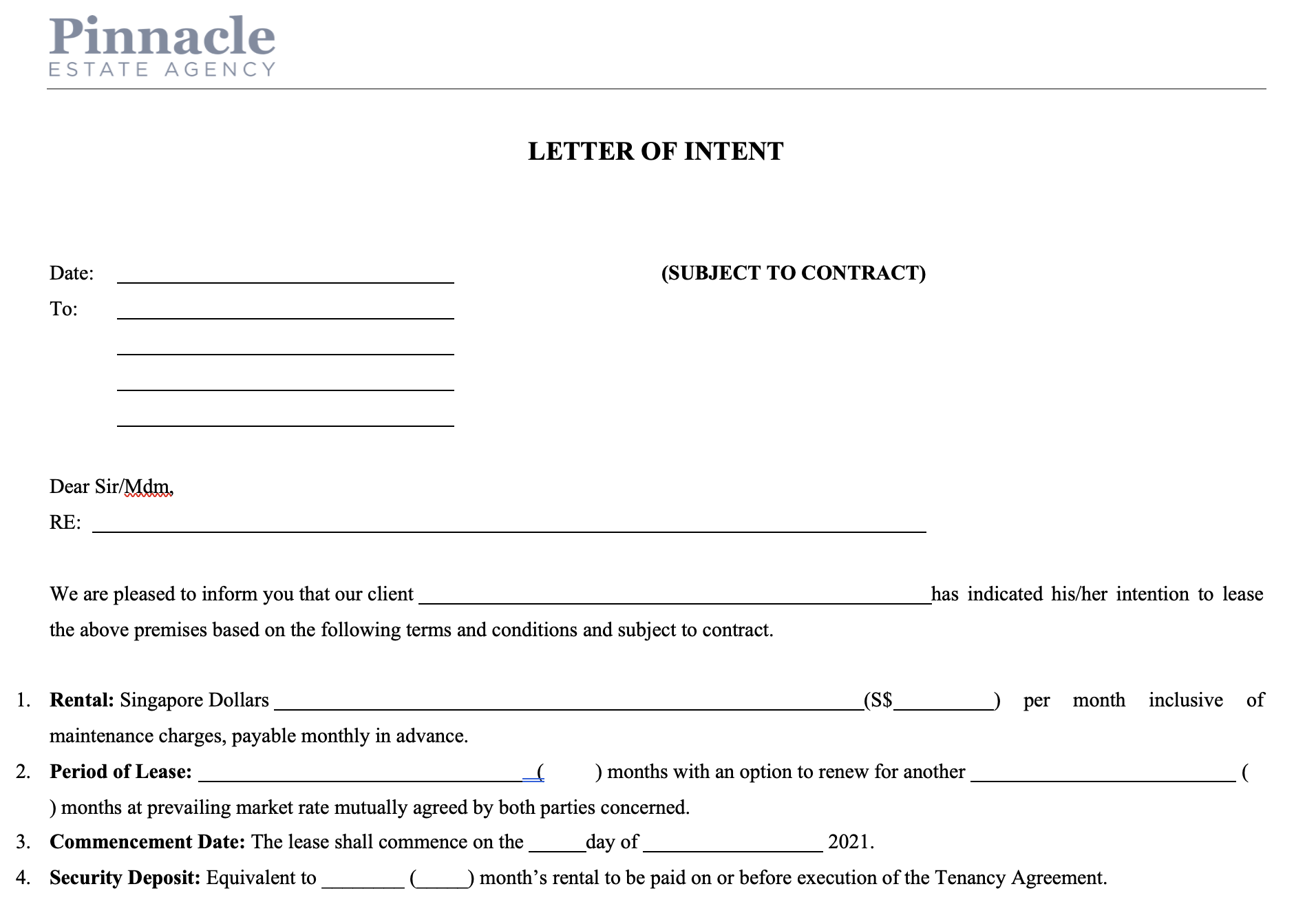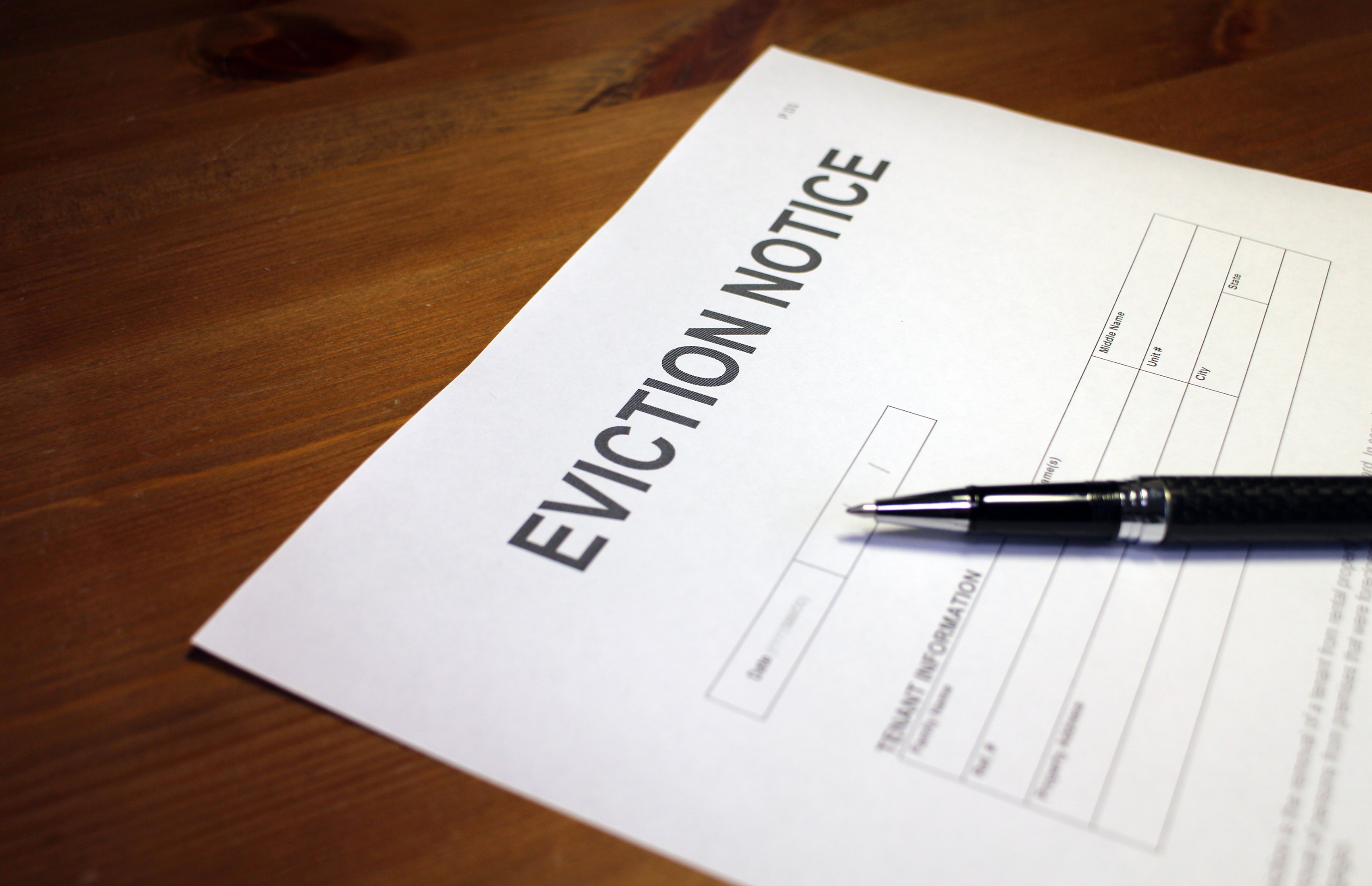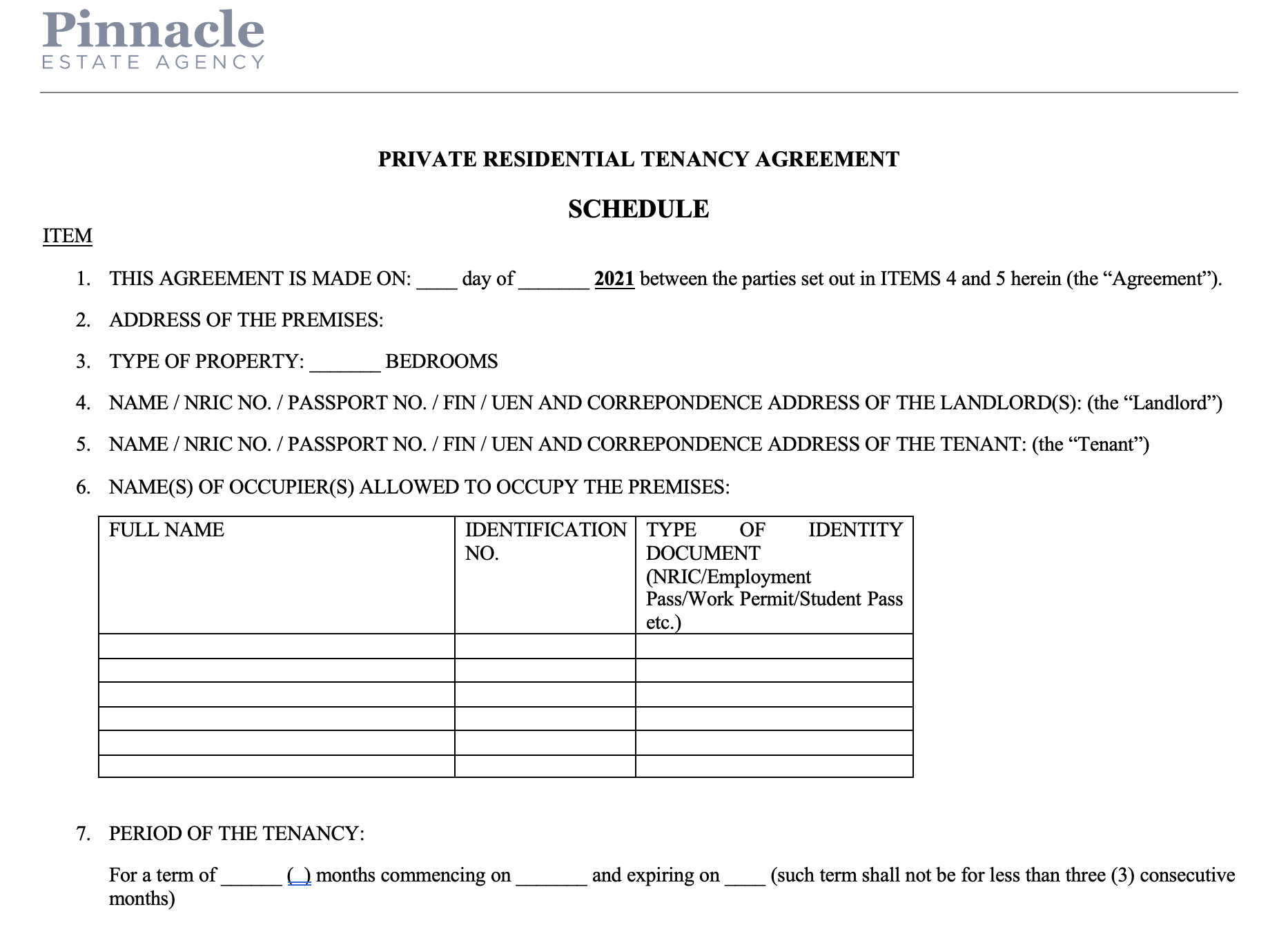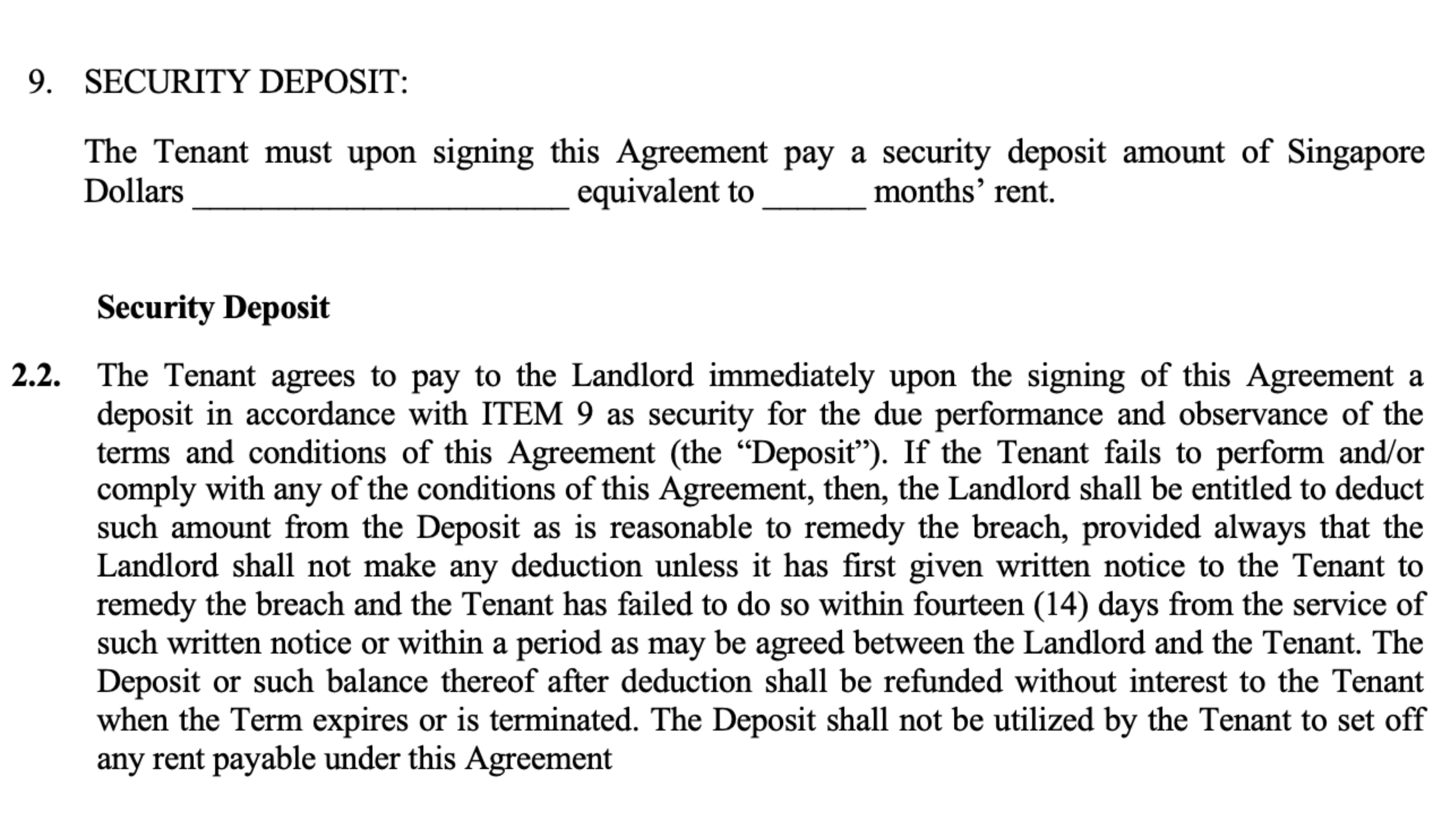What is Considered Fair Wear and Tear? And Who is Liable, Landlords or Tenants?
This article discusses some examples of damages that considered fair and above wear and tear, who are responsible for either of the two, and how to avoid them.
When a tenancy ends, most tenants do their best to return the property to the landlord in the same condition it was in when they moved in, or as close to it as possible. But in most cases, the property will have undergone some wear and tear.
However, the landlord and tenant may disagree as to whether the wear and tear should be considered “fair” and who is responsible for rectifying it.
This article will address the issue of “fair wear and tear” in Singapore and whether the tenant or landlord should be responsible for repairing the wear and tear that a rental property normally undergoes.
Table of Contents
- What is Wear and Tear? And is the Tenant or Landlord Liable?
- What types of property damage are over and above fair wear and tear?
- Is Wear and Tear in Retail or Commercial Properties Different Than in Residential?
- Is the Landlord or Tenant Responsible for Repairing the Property Damage?
- Are Landlords Allowed to Deduct from a Tenant’s Security Deposit to Fix Property Damage Over and Above Fair Wear and Tear?
- Can the Landlord Sue the Tenant for Property Damage Over and Above Fair Wear and Tear if their Security Deposit won’t Cover it?
- When the Tenant Vacates the Premises What Else are They Responsible For?
- Tips to Avoid Landlord-Tenant Disputes over Wear and Tear and More Severe Property Damage
What is Wear and Tear? And is the Tenant or Landlord Liable?
Fair wear and tear
“Fair wear and tear” is considered to be property damaged caused by ageing. This would include minor damage caused by the tenant’s ordinary and reasonable use.
Ordinary and reasonable use causes the type of deterioration the premises and its furnishings, appliances and fixtures would suffer with normal use. For example, constant walking on the carpet by a family over an extended period of time will cause it to naturally wear down, especially in high-traffic spots. This differs from the type of damage caused by children doing projects on the carpet using scissors that cut the carpet or paint that stained it, both of which cannot be repaired or cleaned.
Other examples of fair wear and tear include small scratches or scuffs on wooden floors and walls or fading that occurs from sunlight over time that does not impact how an appliance or fixture works.
When determining whether the damage seen is the result of fair wear and tear, the condition or age of the damaged item before the tenant moved in, and the type of wear and tear that would be expected of this item over time, must be considered.
Most tenancy agreements contain a clause defining “fair wear and tear” that requires the tenant to keep the premises in good condition throughout their tenancy. What this means is that the tenant is expected to keep the premises well maintained, so that it can be returned to the landlord when the tenancy ends in a condition that compares to how it was before the tenant moved in.
This clause is typically followed by a caveat allowing for an exception to “fair wear and tear” and events beyond the tenant’s control.” The purpose of this is to limit the tenant’s liability to only having to compensate the landlord for damage beyond ordinary usage or aging. In other words, the tenant is not going to be held liable for property damage that is considered fair wear and tear.
If the property damage or the premises’ condition changes to an extent that is over and above fair wear and tear, the landlord is within his/her rights to make the tenant responsible. This can be done by withholding the tenant’s security deposit to pay for the repairs. The landlord can also ask the tenant to have the repairs done at his/her own expense.
What types of property damage are over and above fair wear and tear?
Property damage over and above fair wear and tear would include remodelling the premises and installing fittings and fixtures without the landlord’s authorisation. Some examples are as follows:
- Stained carpets with foul odours
- Deeply scratched floors with gouges
- Broken appliances that no longer work properly
- Removing walls
- Scribbling or writing on the walls that now need repainting
- Repainting or wallpapering the walls
- Installing unauthorised fixtures, furnishings, windows and/or doors
Fair wear and tear, or what would be considered “over and above” fair wear and tear isn’t always clear. Therefore, landlords and tenants need to be very specific as to the meaning of “fair wear and tear” in their tenancy agreement.
Is Wear and Tear in Retail or Commercial Properties Different Than in Residential?
Yes, there is a difference. Tenants renting or leasing retail, office, or industrial spaces may not have a “fair wear and tear” clause in their commercial tenancy agreement like tenants of residential properties. They may instead be provided with “fitting-out” guide that spells out what is permitted in terms of the fitting-out works for the premises.
Tenants of office, retail, or industrial properties are then required to return the premises to their landlord according to the terms spelled out in the guide.
Is the Landlord or Tenant Responsible for Repairing the Property Damage?
When the tenant vacates the property, the landlord will most likely compare its condition with how it was before the tenant moved in. He/she will make notes of anything they see that has changed.
The landlord is liable for the costs related to routine refurbishments, maintenance and cleaning caused by fair wear and tear. This would include the cost of polishing the floors, repainting the walls, cleaning the carpets, or replacing broken appliances that no longer work properly through no fault of the tenant.
However, if the property damage is over and above fair wear and tear, it would be the tenant who would most likely bear responsibility for the cost of such repairs.
Are Landlords Allowed to Deduct from a Tenant’s Security Deposit to Fix Property Damage Over and Above Fair Wear and Tear?
Tenants typically give their landlord a security deposit when they rent a property under an agreement that it will be refunded after their tenancy has ended.
However, there is an understanding that the landlord can use the security deposit to reimburse him/herself for any losses due to the tenant’s breach of contract. This would include the clause in the tenancy agreement requiring the tenant to keep the property well maintained and in good condition.
Most tenancy agreements state that if the property suffers damage over and above fair wear and tear, the landlord has a right to keep the security deposit or at least deduct a reasonable amount of money to repair the damage.
Also, the tenancy agreement will likely say that the landlord is required to give the tenant advance written notice, so that he/she can hire someone to make the repairs before money is deducted from their security deposit.
Can the Landlord Sue the Tenant for Property Damage Over and Above Fair Wear and Tear if their Security Deposit won’t Cover it?
If the tenant has caused property damage over and above fair wear and tear and will not make the needed repairs, or his/her security deposit is not enough to pay for the costs to repair that damage, the landlord has the right to take legal action to resolve the dispute.
The tenancy agreement will typically include a clause addressing dispute resolution options, so the parties may decide to try mediation to resolve their issues. However, mediation doesn’t always work, so the landlord may take other measures, including legal action.
For example, a landlord may decide to sue their tenant for breach of contract if he/she did not meet the obligations set forth in the tenancy agreement to keep the property well maintained and to return it to the landlord in good condition.
A Landlord can sue their tenant by making a claim in the Small Claims Tribunals (SCT) for breach of contract for failing to meet their obligations under the tenancy agreement. For a landlord to be eligible to file a claim in the SCT, the following conditions must apply:
- The dispute must involve residential property because the SCT does not hear commercial property claims;
- The tenancy agreement at issue must have been for at least six months for an HDB property or at least three months for a private residential property, but no longer than two years;
- The property damage at issue must have happened within the last two years; and
- The landlord’s claim cannot be for over $20,000, but if the tenant agrees in writing the amount can go up to $30,000 for the claim to be heard in SCT.
A lodgement fee must be paid by the landlord when they file the claim. Also, the SCT does not allow lawyer to represent landlords and tenants with claims before them.
When the Tenant Vacates the Premises What Else are They Responsible For?
When the tenancy ends, the tenant is supposed to return the premises back to the landlord in the same condition, or very similar to how it was before they moved in, aside from fair wear and tear and/or any authorised alterations.
Many tenancy agreements have a checklist to explain what the landlord expects the tenant to do or not do before they return the property.
For example, if the tenant hung lamps, fixtures, or pictures by driving nails or screws into the walls, he/she would be expected to remove the nails, patch the holes, and repaint, so that the walls are in their original state before the premises are returned.
Also, the tenant will most likely be required to thoroughly clean the premises to include the appliances, cabinets, fixtures, furniture, lamps, wardrobes, and windows.
Finally, the tenancy agreement may state that the tenant is only allowed to take their own possessions when they move out and not anything that was in the premises before they moved in. If they remove anything that doesn’t belong to them like furniture or fittings, they are required to replace those items.
Tips to Avoid Landlord-Tenant Disputes over Wear and Tear and More Severe Property Damage
The most important thing landlords and tenants can do to avoid future disputes is to take photos before the tenant moves in and afterwards as well. This way it’s easy to see any wear and tear that existed prior to the move-in and any that occurred during the tenancy.
Prior to moving in, tenants should inspect the premises very carefully, taking photos of any defects they notice on furniture, fixtures, and fittings. This way they can show the landlord these defects, so that the landlord will not think the tenant caused them.
When the tenancy ends, landlords should compare the pre-tenancy photos with the post-tenancy photos with their tenant, so that they can decide who should take care of the repairs for each damaged item.
Landlords should also provide each new tenant with a move-in checklist, so that the tenant knows what the landlord expects of him/her when they return the property once the tenancy ends.
We recommend that landlords also provide the tenant with photos of the defects that do exist, although the tenant has hopefully already taken their own. The typical life expectancy of common household items like appliances and furniture should also be included, along with the age of each item listed.
Both the landlord and tenant should sign the checklist indicating that they agree on the defects depicted in the pre-tenancy photos. This should make it easier to avoid future disputes.
Tenants are usually required to keep the premises well maintained and in good condition. If they cause damage over and above fair wear and tear, the tenant is liable for repairing that more severe damage.
If the tenant does not make good on that obligation, the landlord may decide to withhold money from the tenant’s security deposit to repay the costs of the repairs. The landlord could also ask the tenant to handle the repairs, so that the property is restored to the condition it was in before the tenant moved in.
If you are a landlord who thinks that your tenant has damaged your property over and above what’s considered fair wear and tear, we invite you to consult with us on the legal actions that are within your rights to take.
If you would like to sue your tenant for the compensation you deserve, but your claim does not meet the eligibility requirements for the SCT to hear it, you may want to hire a lawyer to represent you in a lawsuit in one of Singapore’s other courts.
Disclaimer: The information provided in this article does not constitute legal advice. We recommend that you get the specific legal advice you need from an experienced attorney prior to taking any legal action. While we try our best to make sure that the information provided on our website is accurate, you take a risk by relying on it.
At Pinnacle Estate Agency, we strongly believe in sharing our real estate knowledge to the public. For more content like this article, check out our Singapore Property Guides.


